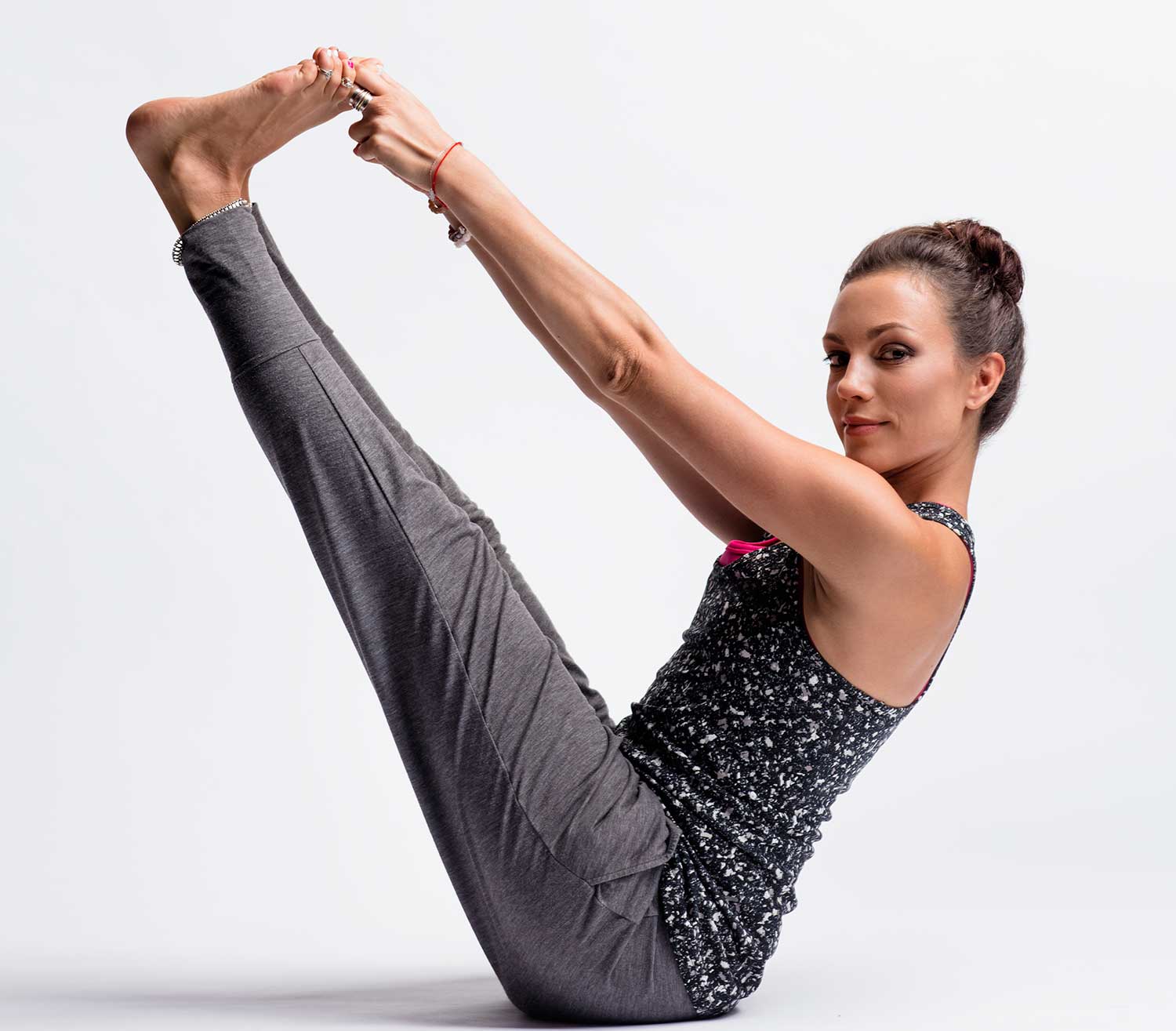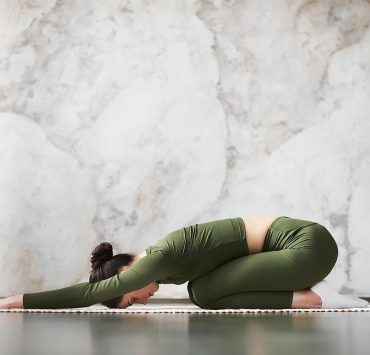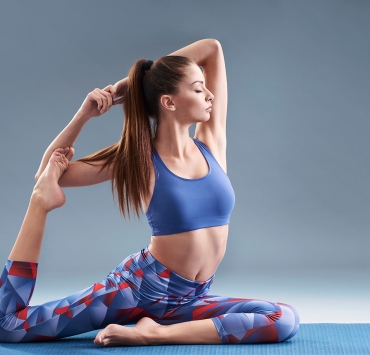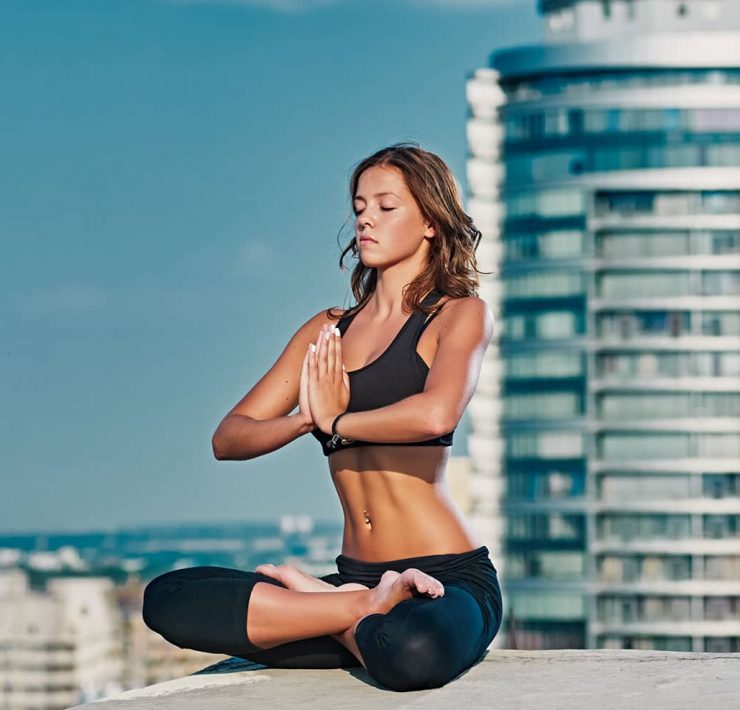
Yoga, meditation, and spirituality are at the top of the…
The practice of yoga is intriguing to people all across the world, but most don’t know how to go about starting a yoga practice. Many may abandon the idea of starting a practice, simply because they don’t know what to expect. It can be challenging and a bit scary to be a beginner yogi, but these tips will give you a bit of an edge as you start your yoga journey.
Research Studios in Your Area
It’s likely that you have at least a few yoga studio options in your area, so start doing your research to find out which one works best for you. Look at their website to see what classes they offer, and check to make sure they have appropriate options for beginners. Also keep in mind class times to ensure their schedule works with your daily routine, as well as pricing packages that fit with your budget.
Of course, the best way to get a feel of a studio is to visit it personally and take classes. Thankfully, many studios offer introductory pricing, such as a free class or a month of unlimited yoga for a discounted price. You may also want to check out a discount website like Groupon to see if studios are offering packages there, and decide where you can get the best deal. Take advantage of these offers so that you can explore the options in your area while still being financially sound, and make an informed decision on what studio best suits your needs and preferences.
Familiarize Yourself with Basic Poses

Beginner yoga teachers will most likely break down poses throughout the class so that all students feel confident and are properly aligned. However, you’ll feel more prepared if you take a bit of time to familiarize yourself with the physical structure of basic poses. This will help you be able to focus in on your breath and movement during class, rather than feeling the need to constantly look up at your teacher or more advanced students.
It is also smart to familiarize yourself with both the English and Sanskrit names of poses (known as asanas). In a beginner class, the teacher will likely use both names, or choose to only cue using the English name. However, as you advance in your practice, you’ll notice some teachers may only use the Sanskrit name for poses. Developing a familiarity with the names will even further prepare you for your yoga journey.
Lay the foundation for your yoga practice by learning basic yoga poses. Most of these poses will show up in the majority of classes you take, and are used to create a sequence. Some foundational yoga poses that you can start with are Downward Facing Dog (Adho Mukha Svanasana), Upward Facing Dog (Urdhva Mukha Svanasana), and Child’s Pose (Balasana).
Try a Variety of Classes

Yoga encompasses a wide array of styles. Some are more fast and physically demanding, while some are slower and focus more on stretching. It is important that you try out different styles because, most likely, not every class will speak to you. If you don’t enjoy your first class, don’t chalk it up to you not liking yoga. See what other styles are available to you to test out. Some of the most common styles of yoga that you will find include:
Hatha: In Hatha yoga, you hold a position for an extended period of time, which allows you to deeply stretch the body and familiarize yourself with the pose. It is slower, and is particularly focused on stillness and relaxing the mind and body.
Vinyasa: Vinyasa yoga is more focused on movement and flow. Using a breath to movement rhythm, you fluidly move from one posture to the next. While the difficulty of a class can vary, it is a particularly good option if you are looking to build strength and stamina.
Iyengar: An Iyengar yoga class will be focused on alignment above all else. Using props, a teacher will guide into a pose, which you will hold for at least a few breaths. It can be challenging for both the body and mind, but allows you to get a deeper understanding of proper alignment.
It is just as important to try out different teachers as it is to try out different classes. Each teacher has their own unique style, so try a variety of classes to figure out what teaching style you like best.
Arrive Early
When you are going to a new studio for the first time, give yourself 10 or 15 minutes before the class starts. Logistically, you will likely have to sign a waiver and fill out some new student paperwork before you can take the class, so it’s good to give yourself time for these. Beyond that, arriving early will allow you find the space, familiarize yourself with the studio, and meet your teacher. You can ask them questions or express any hesitations you may have as a new student. This is also the perfect time to let the teacher know of any injuries you may have, so that they can properly cue you to avoid any further strain.
Look into Online Classes

If starting your practice at the studio is a bit too intimidating—or a studio isn’t accessible to you—online classes are a great option. Online streaming platforms have grown immensely over the past few years, so you’ll have a wealth of options to choose from. YouTube is a great place to start for free classes. Tons of teachers have developed channels where they consistently post new videos. Some popular options that you can start with are Brett Larkin Yoga, Yoga with Adriene, and Fightmaster Yoga.
There are also subscription based platforms available that host both pre-recorded and live sessions. For the live classes, many of these platforms give you the option to turn on the camera on your computer so that the teacher can see you. The student to teacher connection is often lost with online classes, but this added component allows the teacher to give you personalized cues and assist with alignment.
Pick the Perfect Spot
Another benefit of arriving early is that you’ll be one of the first to pick a spot to lay out your mat in the studio space. As a new student, you likely will want to position yourself towards the back of the class. This way, you’ll have a view of the yogis in front of you, so that you can more easily follow along if you are unsure about a pose the teacher cued. While it is best to avoid leaving the studio space in the middle of class, you may also want to position yourself by a door if you need to step out for a moment.
Use Props

Props are vital to yogis of all levels. They can help you get deeper into poses that you want to further stretch into, or make difficult poses more accessible. Most studios will have yoga blocks available to you, as well as straps. Often, a teacher will tell you at the beginning of class what props will be needed for class. If not, it’s a good idea to have two blocks and a strap by your mat just in case. As you familiarize yourself with the practice, you may find having these tools handy is necessary to access certain poses. You might benefit from using blocks in postures like Triangle Pose (Trikonasana) or Half Split (Ardha Hanumanasana). A strap could be useful if you have tight hamstrings and need help reaching your feet in poses like Reclining Hand to Big Toe Pose (Supta Padangusthasana).
Many studios will also have blankets and bolsters available. These have a multitude of uses that your teacher will help you with, but they are commonly used to keep your hips raised above your knees while in a seated meditation, and to add extra cushioning underneath your knees in certain poses if they are particularly sensitive.
Set an Intention for Your Practice
One of the most challenging aspects of a practice for new yogis is quieting the mind and focusing on the present moment. It is easy for our minds to wander and to be only practicing in a physical sense, rather than connecting the mind and body to the practice. To help center in on your practice, come to your mat with an intention in mind. Often, the teacher will share an intention they have for the class—you can choose to follow this if it speaks to you, or to use your own. Intentions are personal and can be just about anything that works for you, but a few examples include:
I am present
I am powerful
I honor what my body needs in this moment
I let go of stress
Focus on You

To the best of your ability, keep your eyes on your own mat and focus on your own journey. Of course, look around if you need a little extra guidance from the yogis who are more advanced, but don’t let your wandering eyes take you away from your practice. It is hard not to watch as a yogi on one side of the room takes on an intimidating arm balance like Scorpion Pose (Vrischikasana), but you shouldn’t allow that to distract you—and you certainly shouldn’t use that as an excuse to belittle your own practice. Enjoy where you are at that moment, even if you aren’t as advanced as you’d like to be, and turn your focus inward, rather than outward.
Listen to Your Body

Just because a teacher cues a pose doesn’t mean that you have to do it. A yoga teacher is there as your guide, but only you know what your body truly needs. If a sequence has become too tiring for you, take a moment to rest in Child’s Pose (Balasana). If you move into a pose and it doesn’t feel right, move out of it and ask the teacher to offer you an alternative. Do whatever is necessary to take care of your body, and listen to any signals it is giving you throughout the practice.
Be Patient
It is easy to get frustrated and feel like your practice isn’t progressing as quickly as it should be. Many yogis want to immediately jump into fun and challenging poses, but it takes time and dedication to build up the strength and balance to perform more advanced postures. Trust that you are exactly where you need to be in your process of learning yoga, and be patient with yourself as you explore new poses and build up both your physical and mental strength. Over time, you’ll begin to see just how much your yoga practice has grown and evolved—you just need to put in the time to get there.
Don’t Leave Before Savasana

Corpse Pose (Savasana) is typically performed at the end of class. It allows you to completely let go and relax after moving through your practice. Despite looking rather simple, the pose requires you to stay in the present moment and not allow your mind to wander, which can be challenging for yogis of all levels.
For some, it may feel tempting to leave before Savasana. However, it is important to stay for the entire class in order to get a well-rounded practice, as the pose helps you restore both your mind and body. While it may be challenging to perform at times, commit yourself to your Savasana to strengthen your practice and fully benefit from the class.
Be Consistent and Dedicated
You will only truly grow as a yogi and strengthen your practice if you are committed to it. Whether you are going to the studio or practicing at home, find a way to fit yoga into your schedule daily. Yoga allows you to explore the physical abilities of your body and unlock your spiritual side, but this will only happen with consistent practice. Even if there are some days where you can only do a quick 10 minute sequence, work yoga into your daily life to truly reap the benefits of the practice.
Remember that while yoga can be intimidating at first, you should be having fun while exploring and learning about the practice. Give yourself the opportunity to try new styles, test out different studios and teachers, and start to pave the path for your journey as a student of yoga.
What's Your Reaction?
Yoga, meditation, and spirituality are at the top of the list for writer and former nutritionist Amanda Carter. This devoted practitioner enjoys writing about health and wellness just as much as she enjoys living it.














